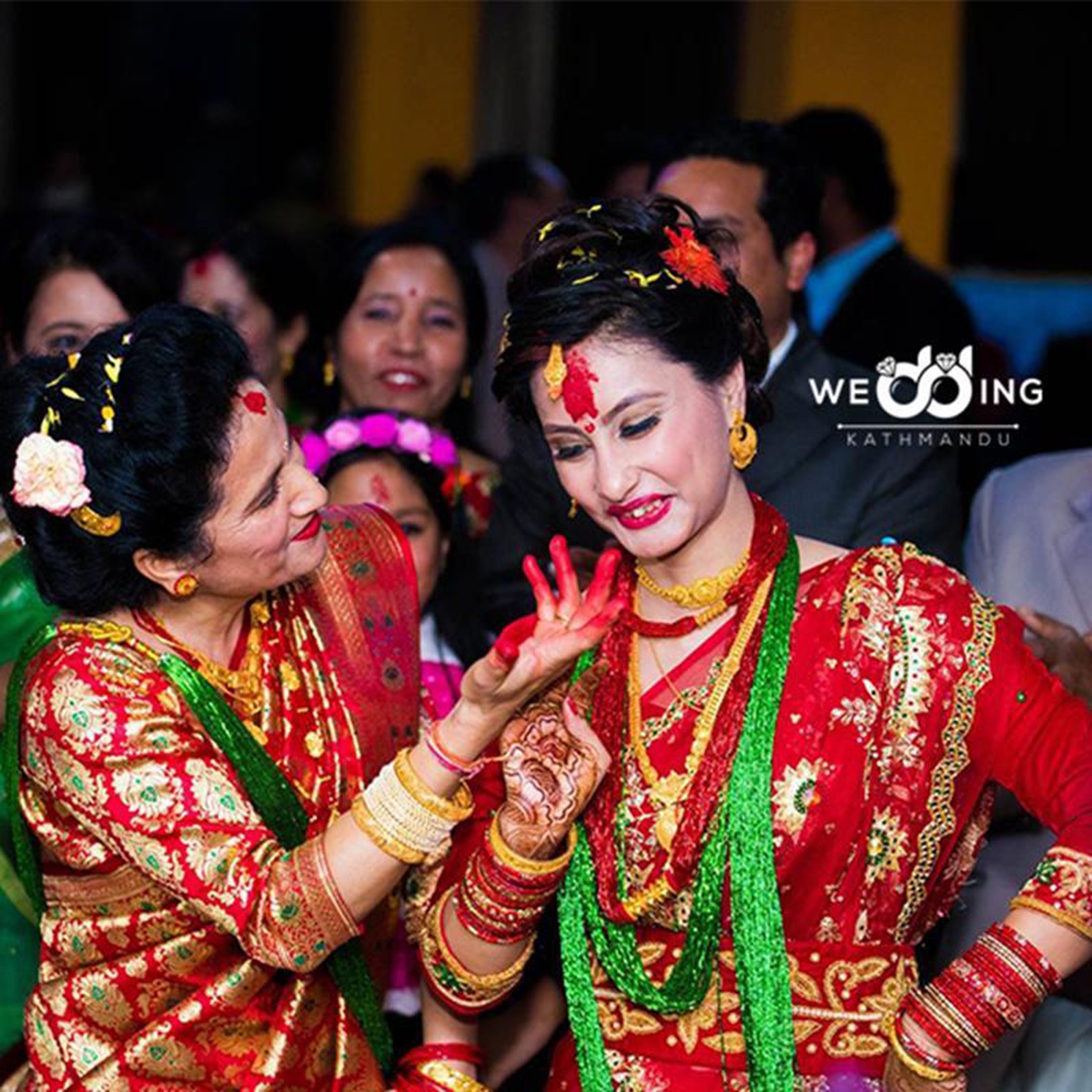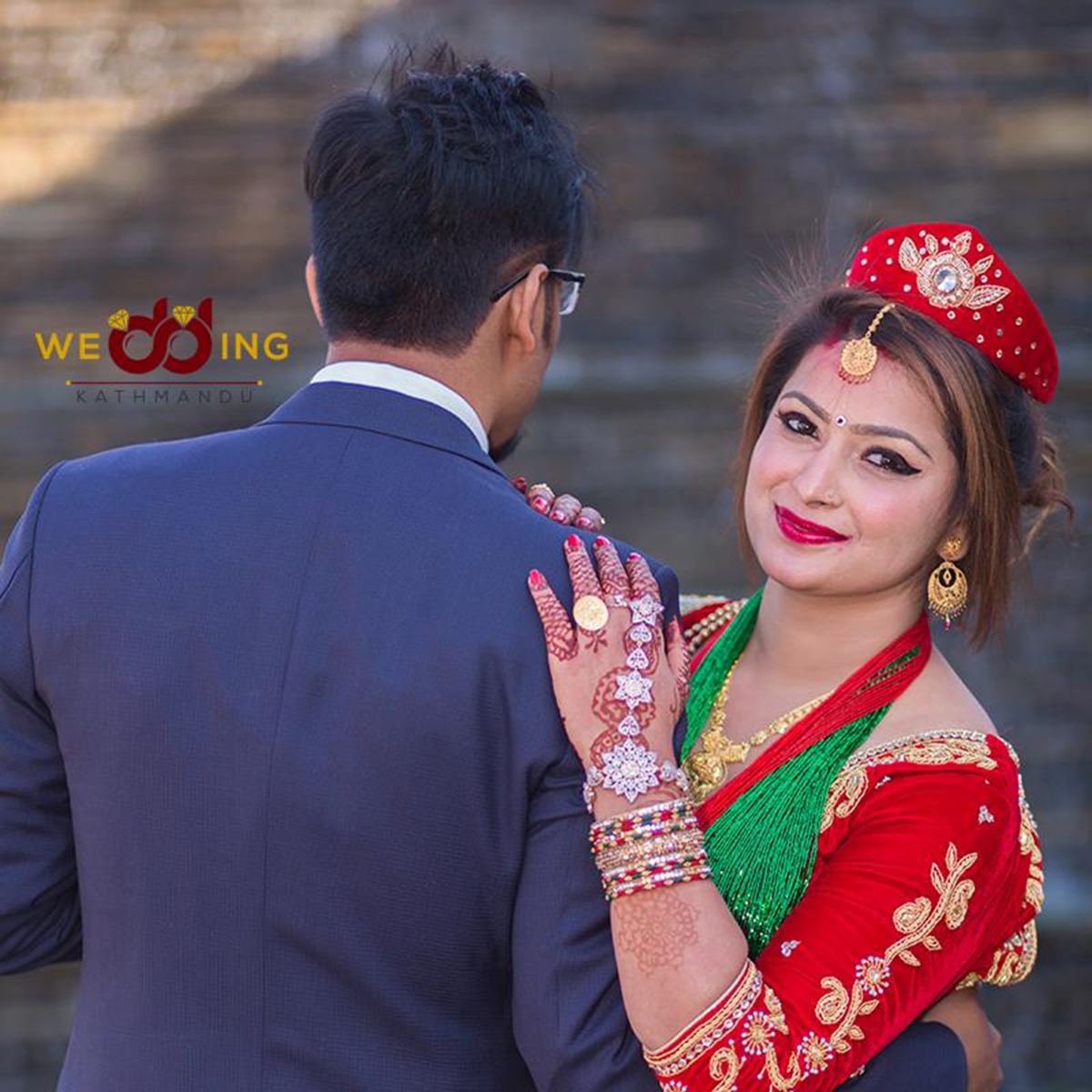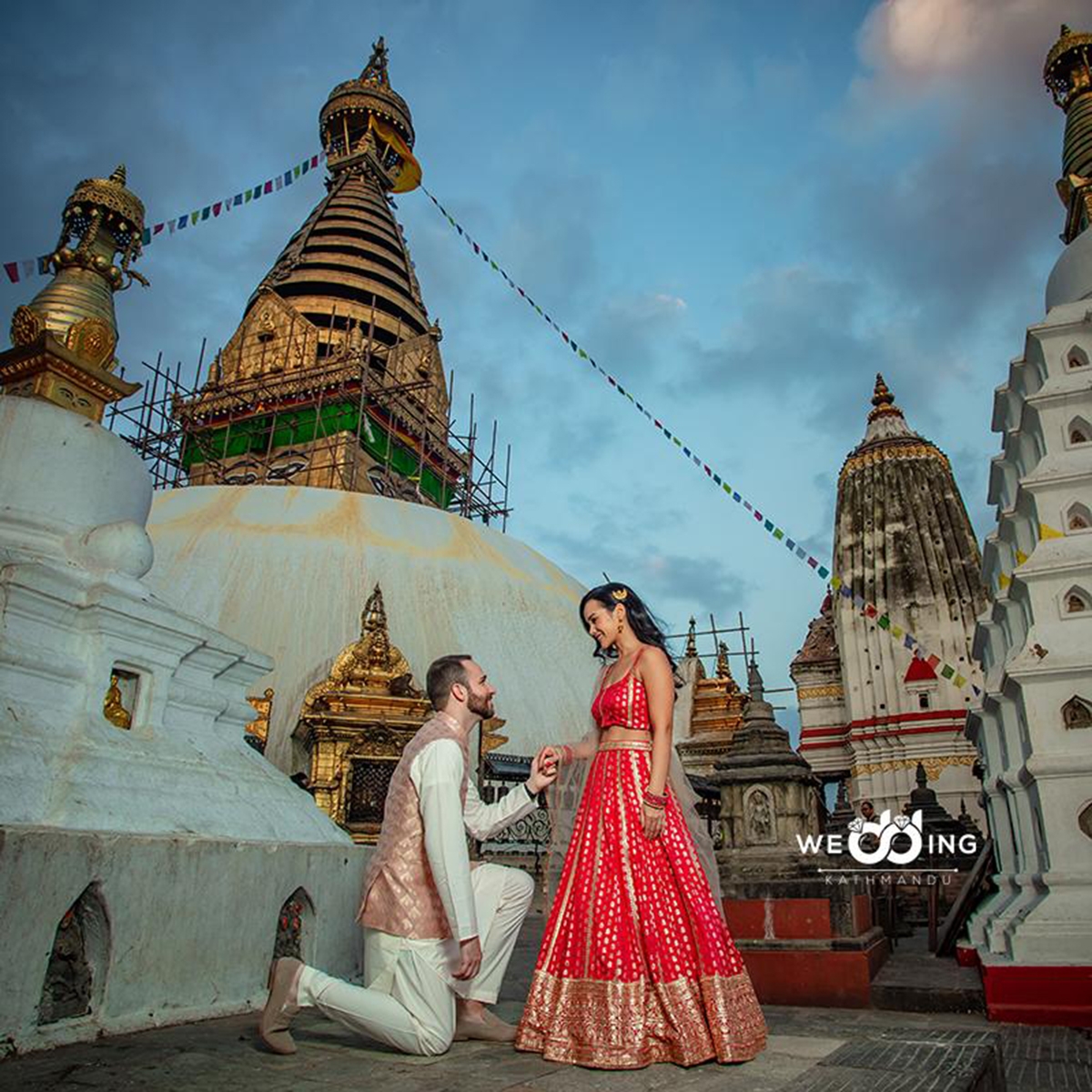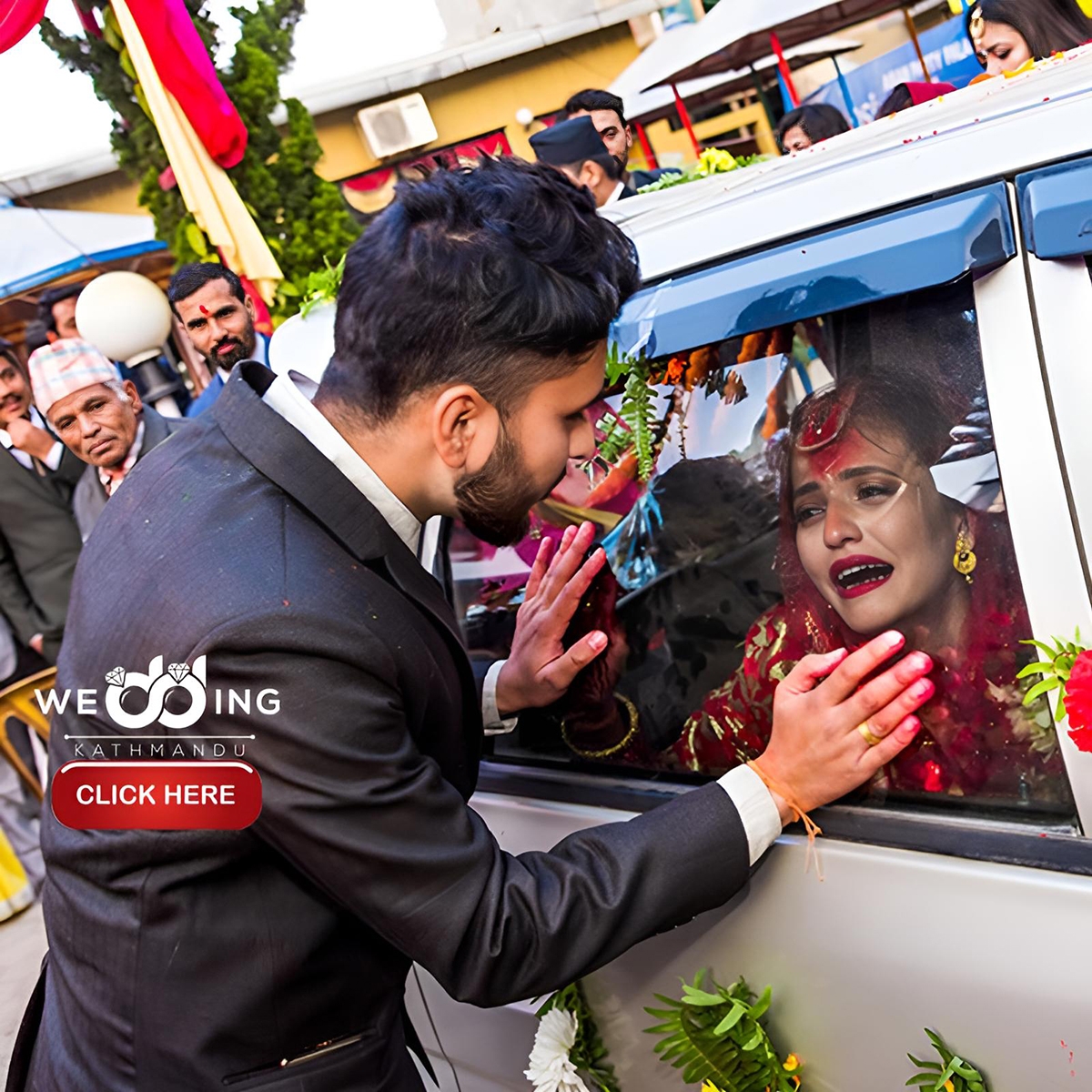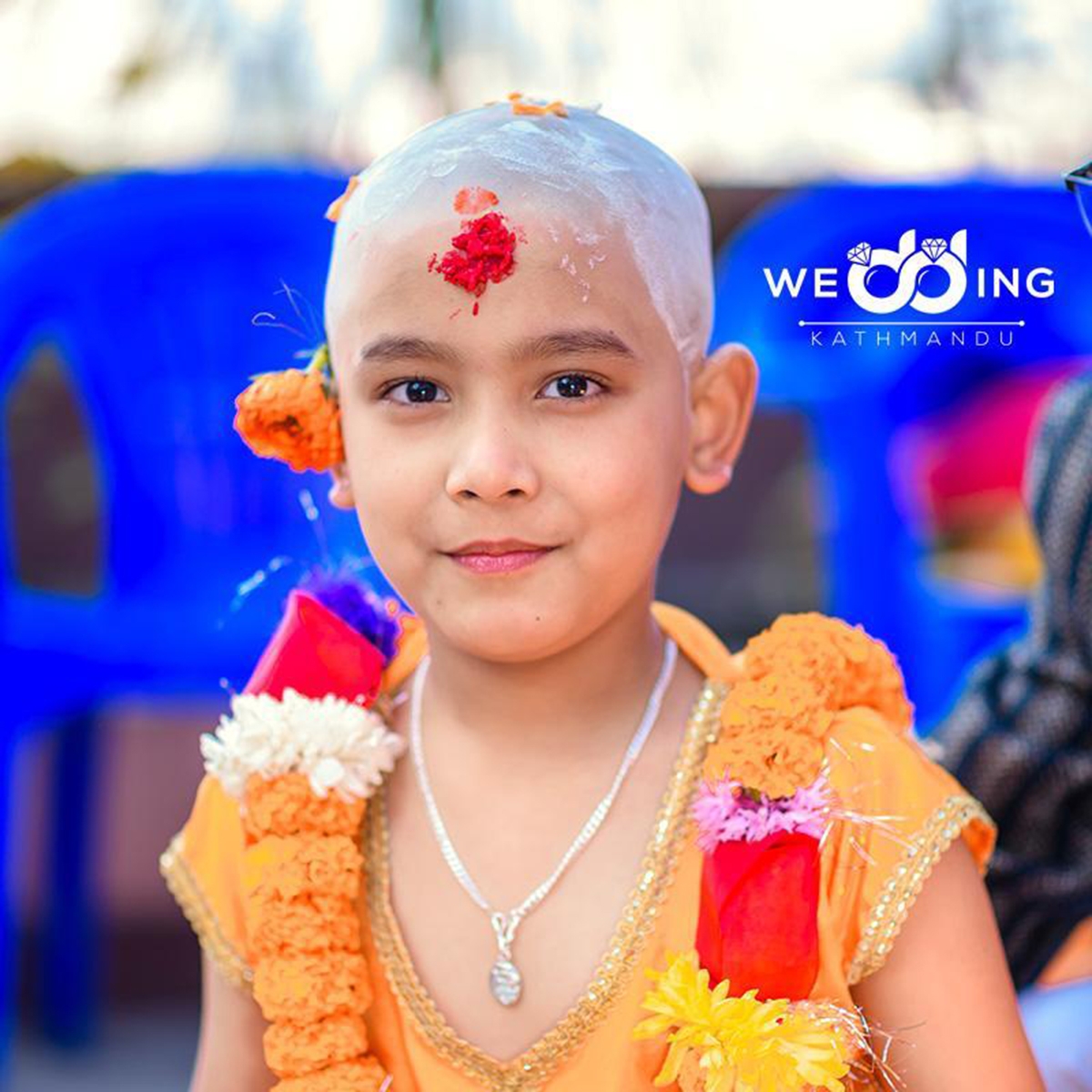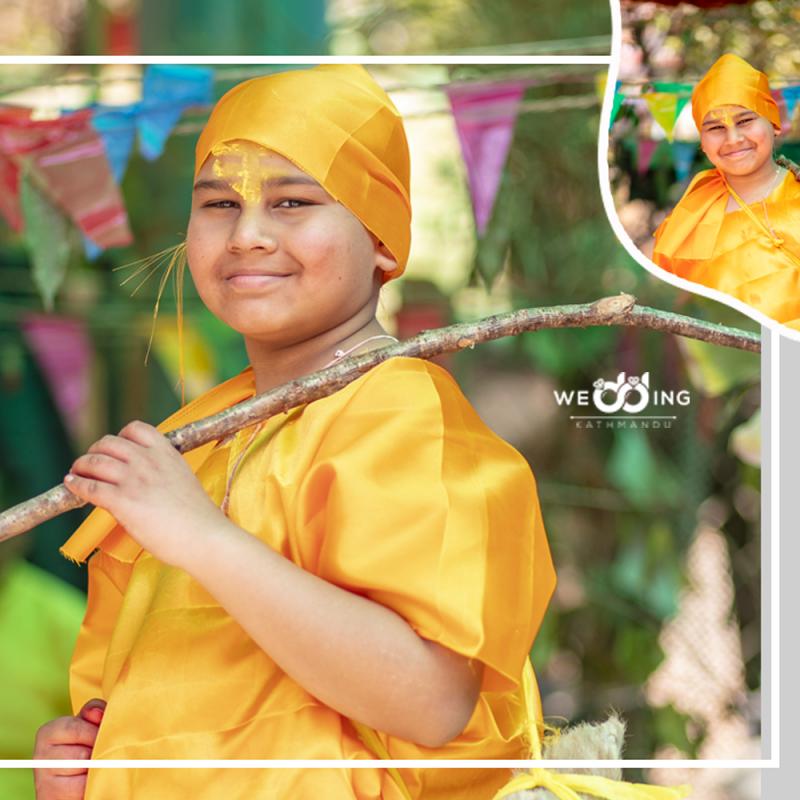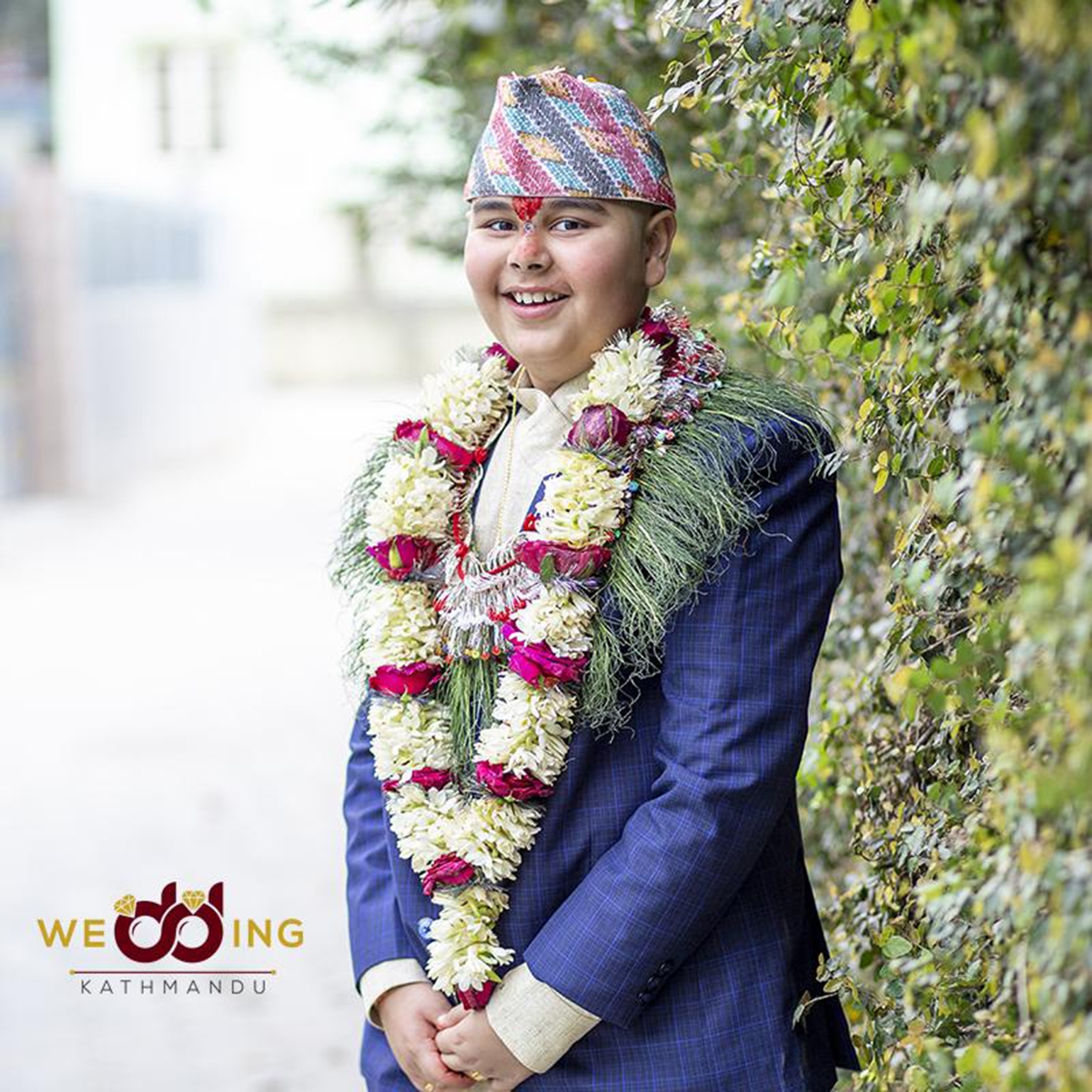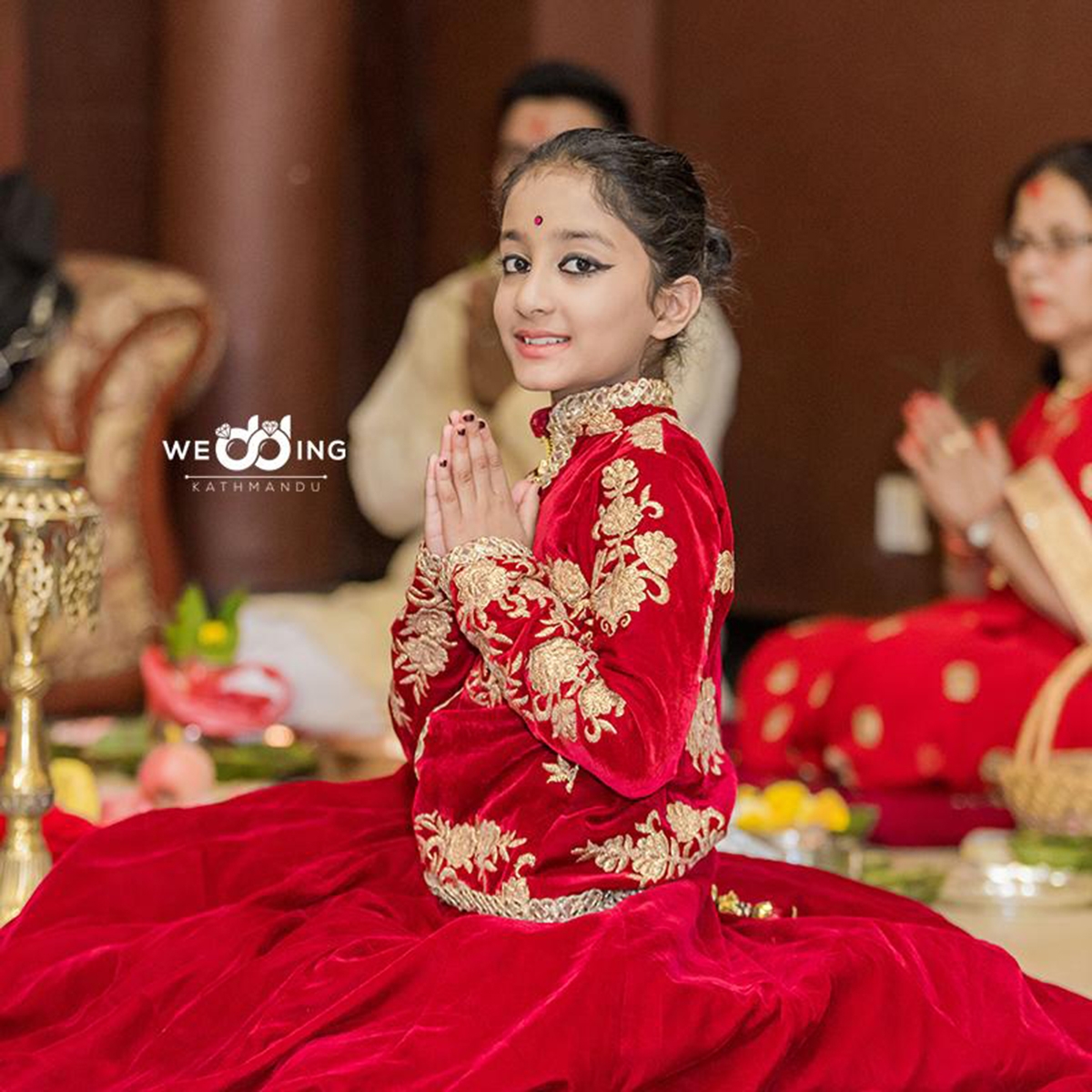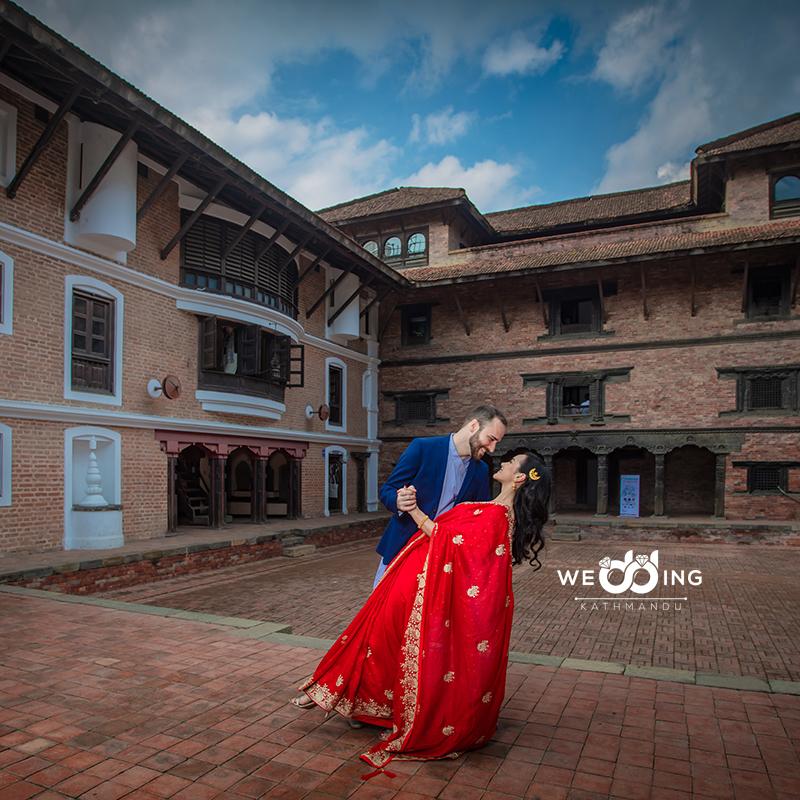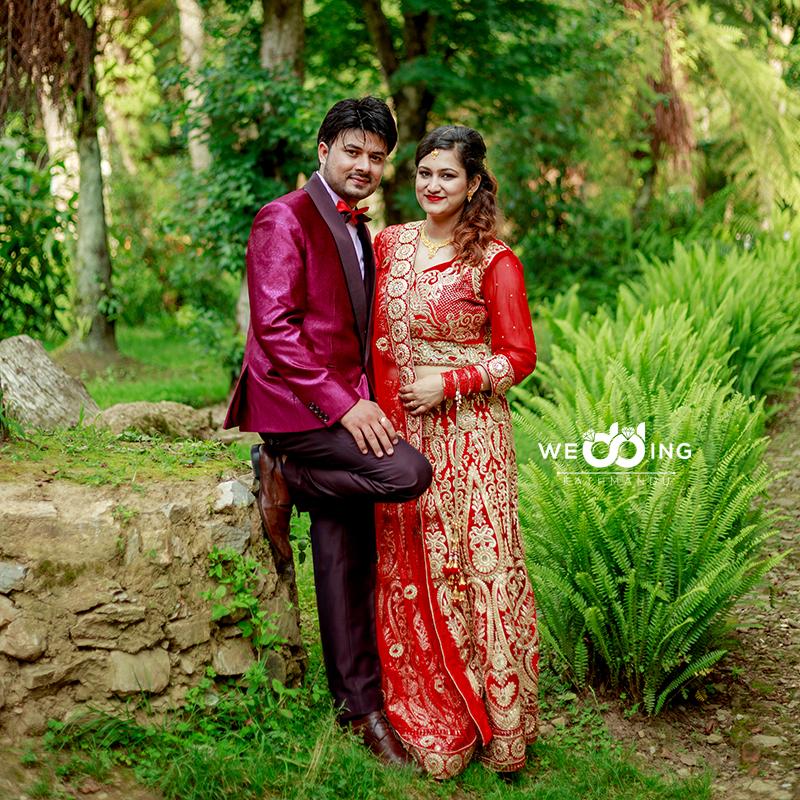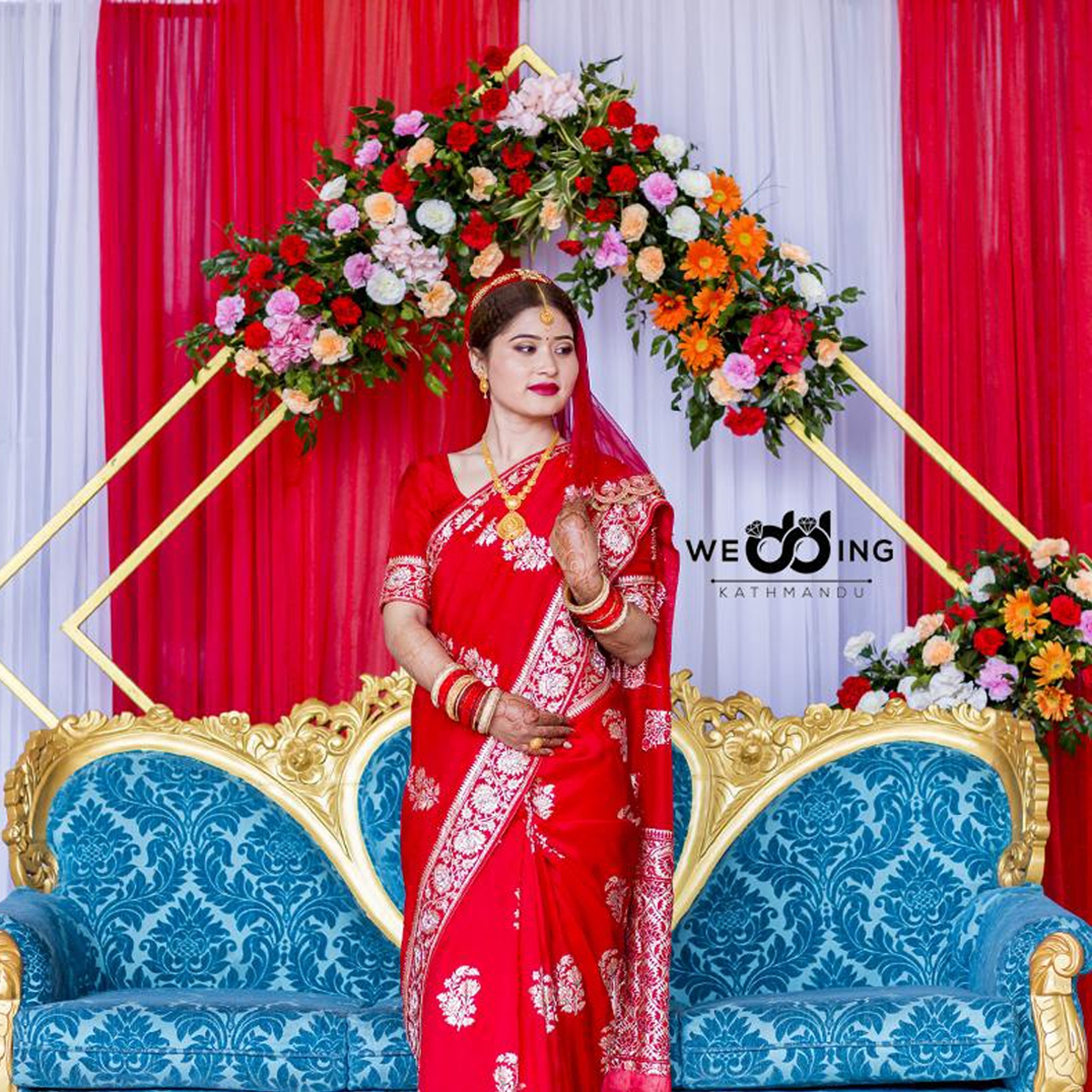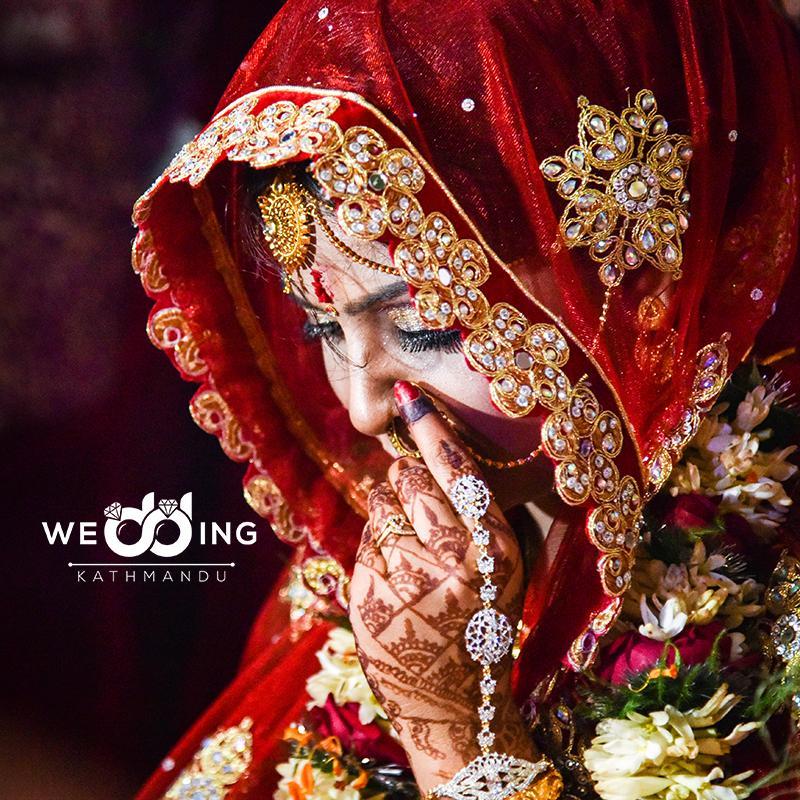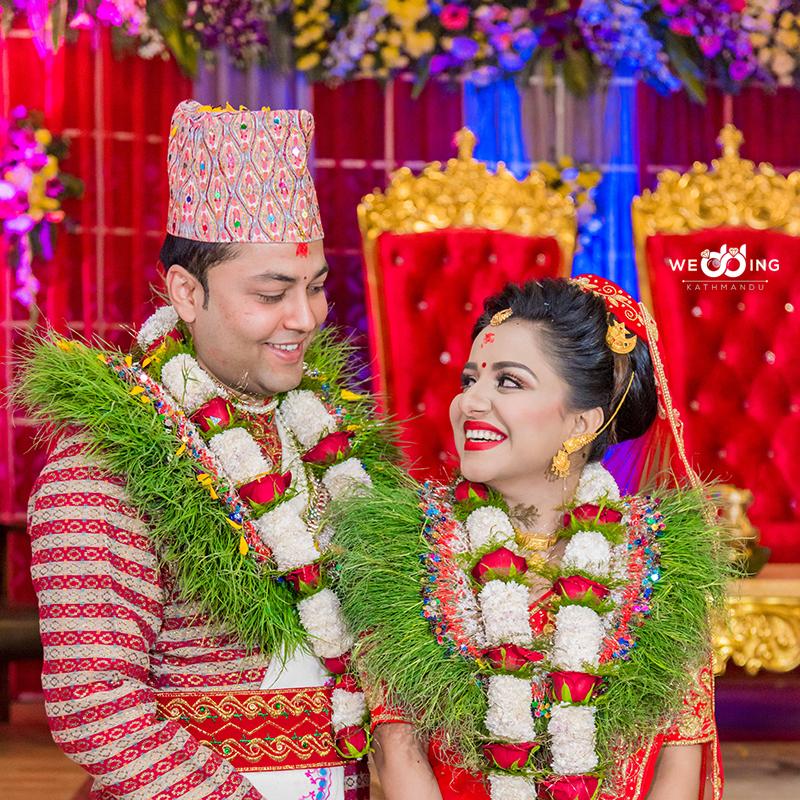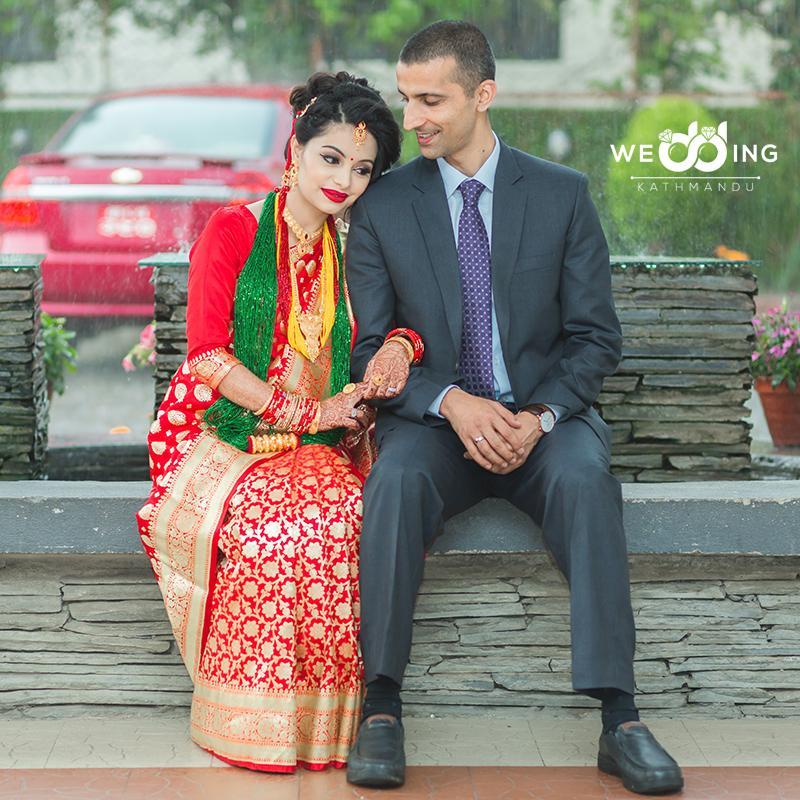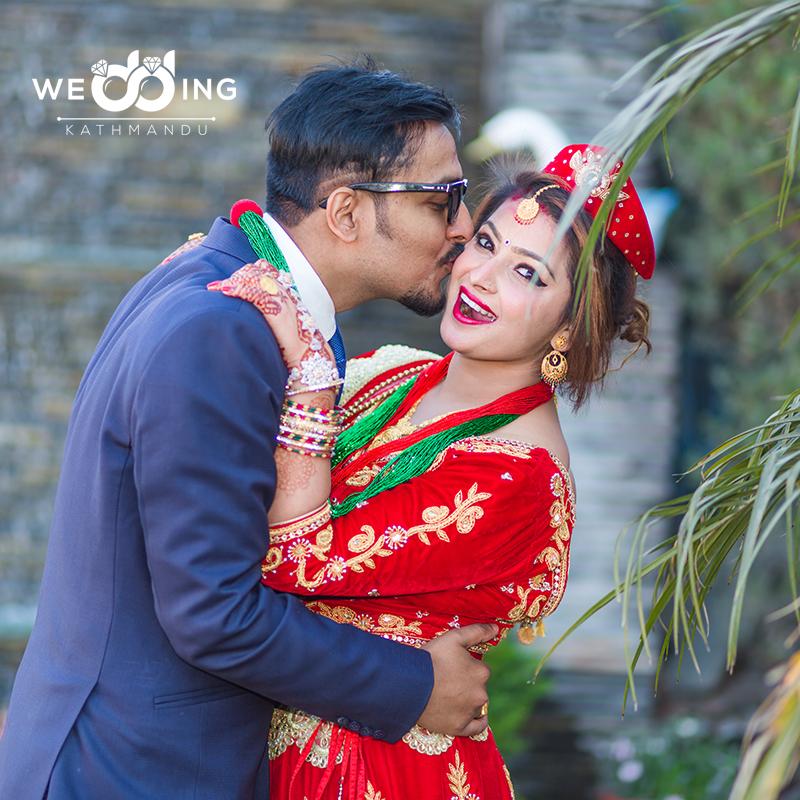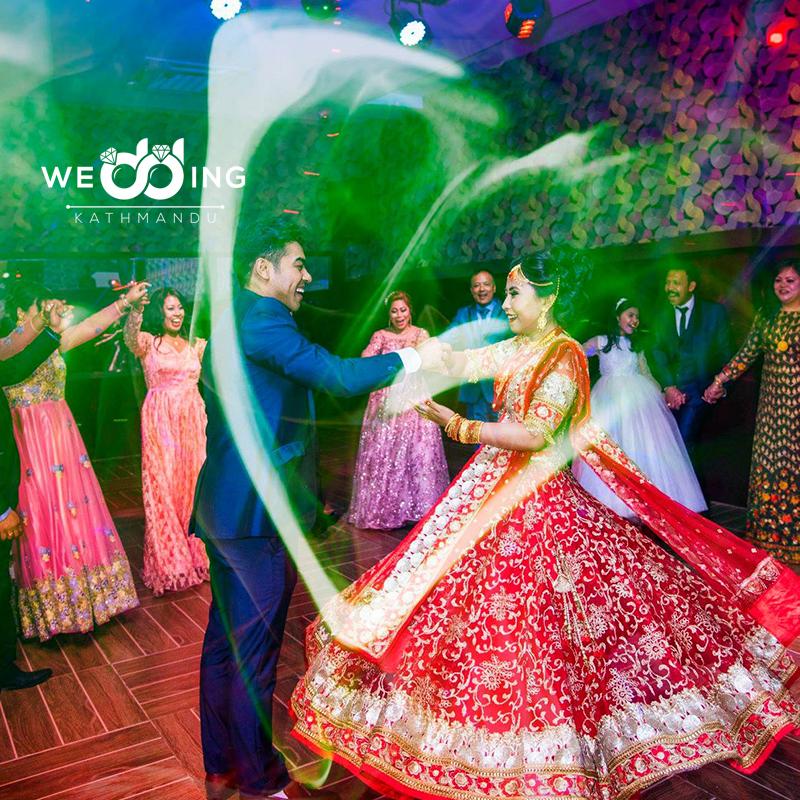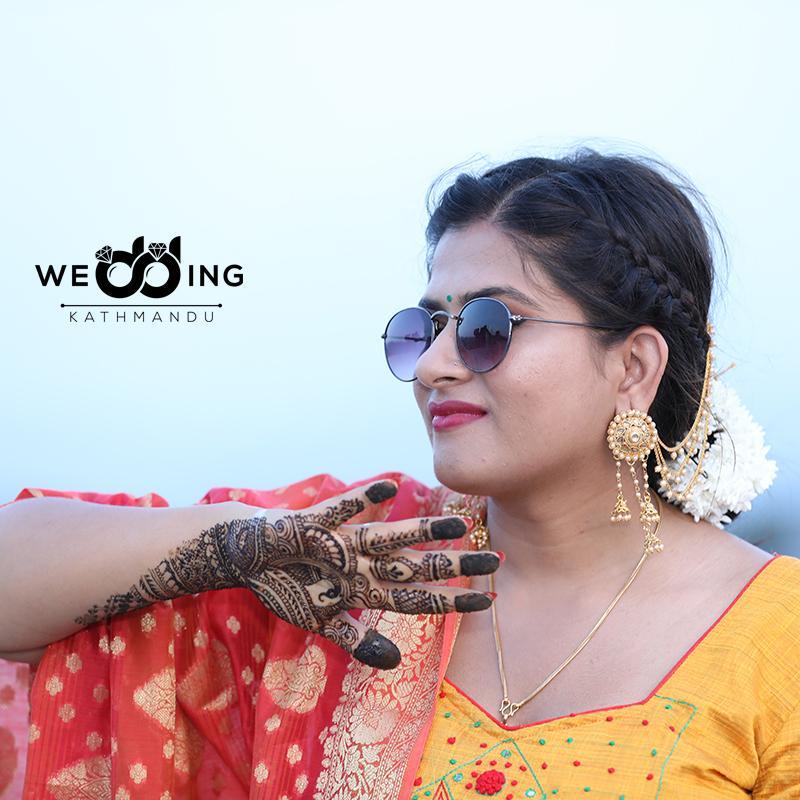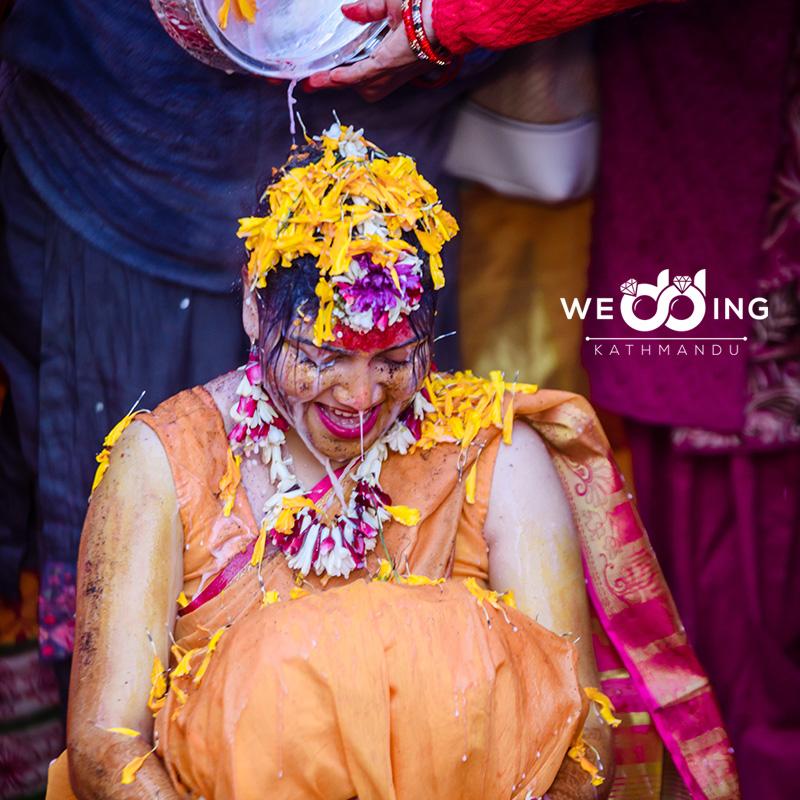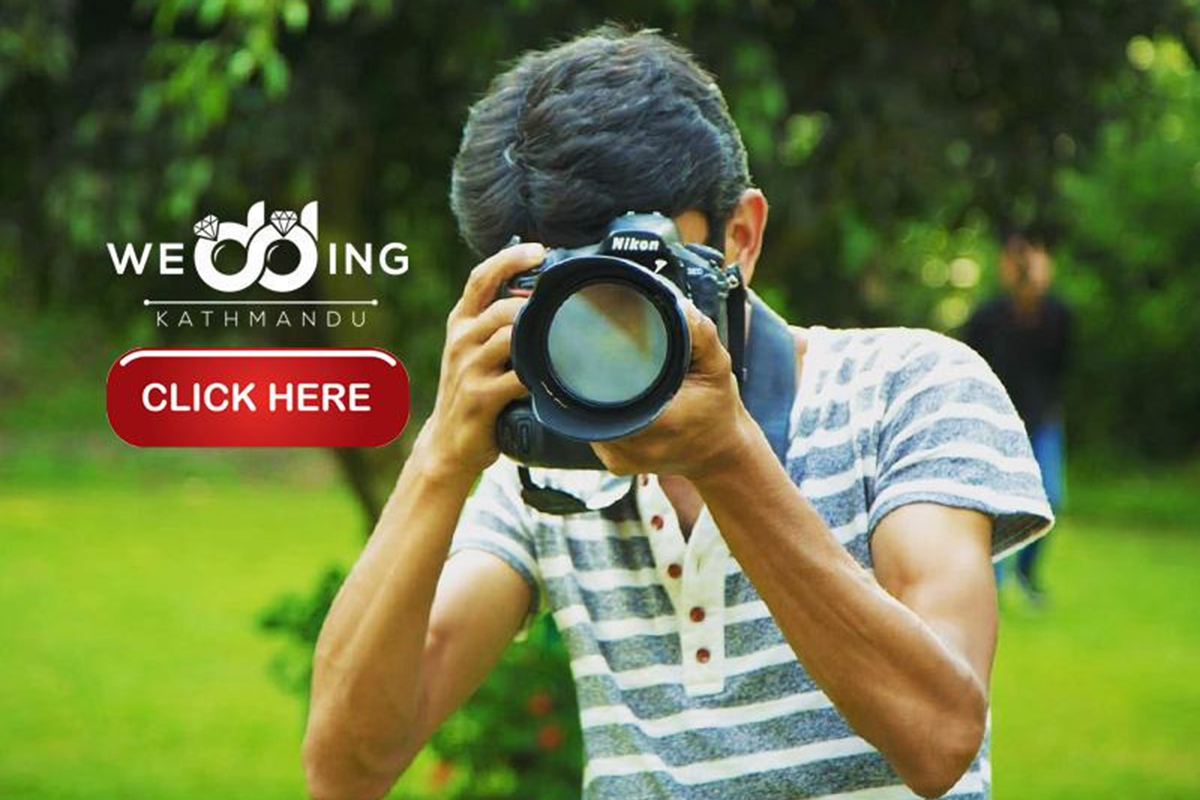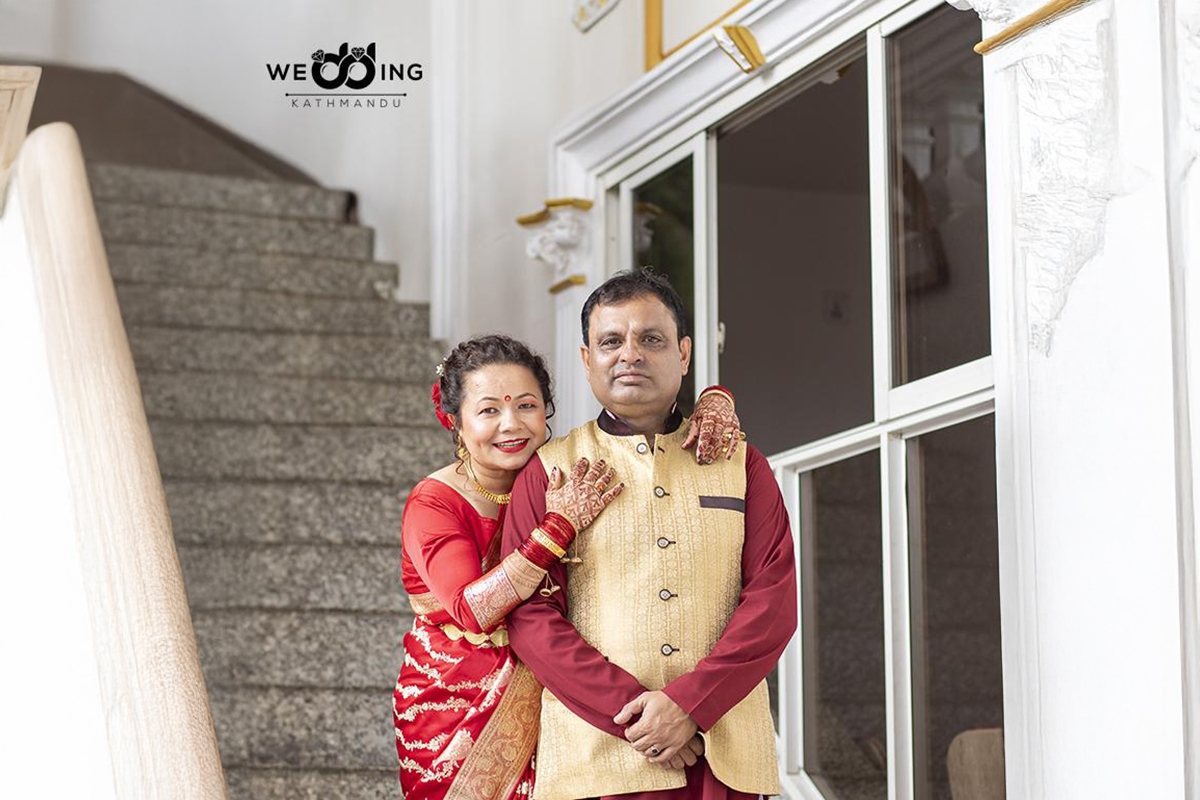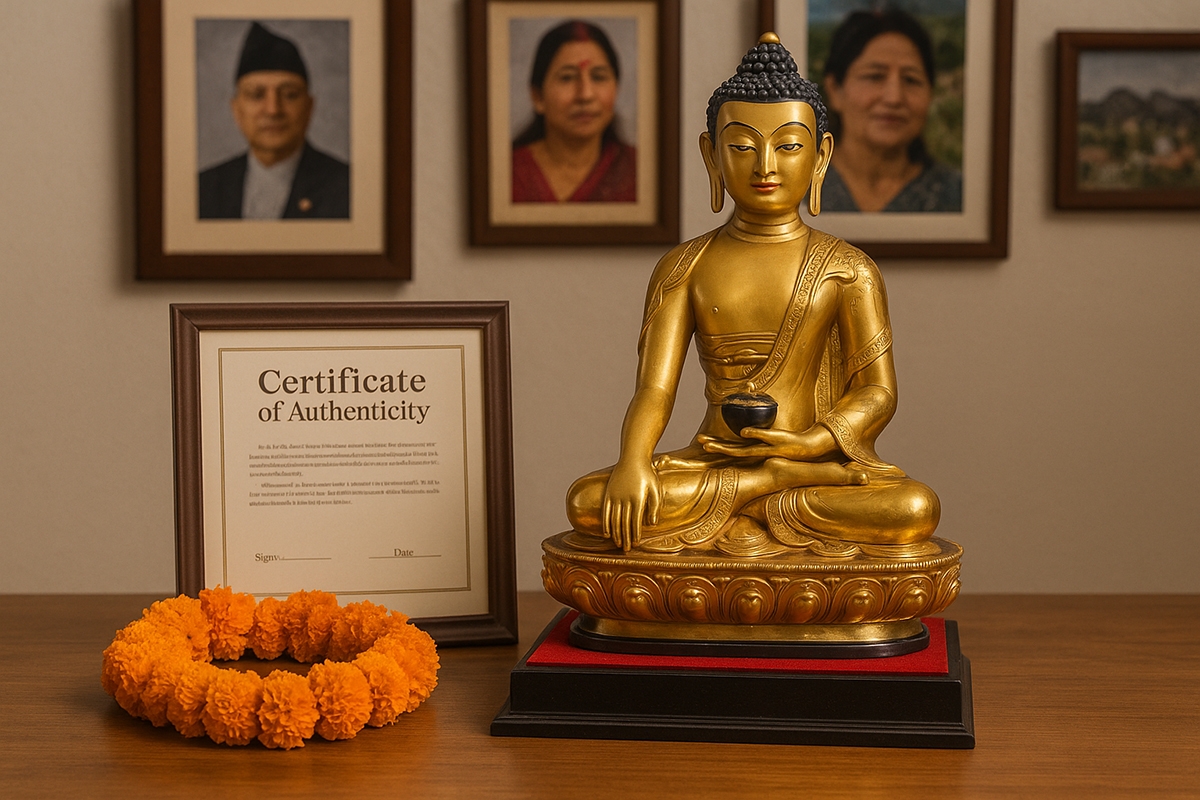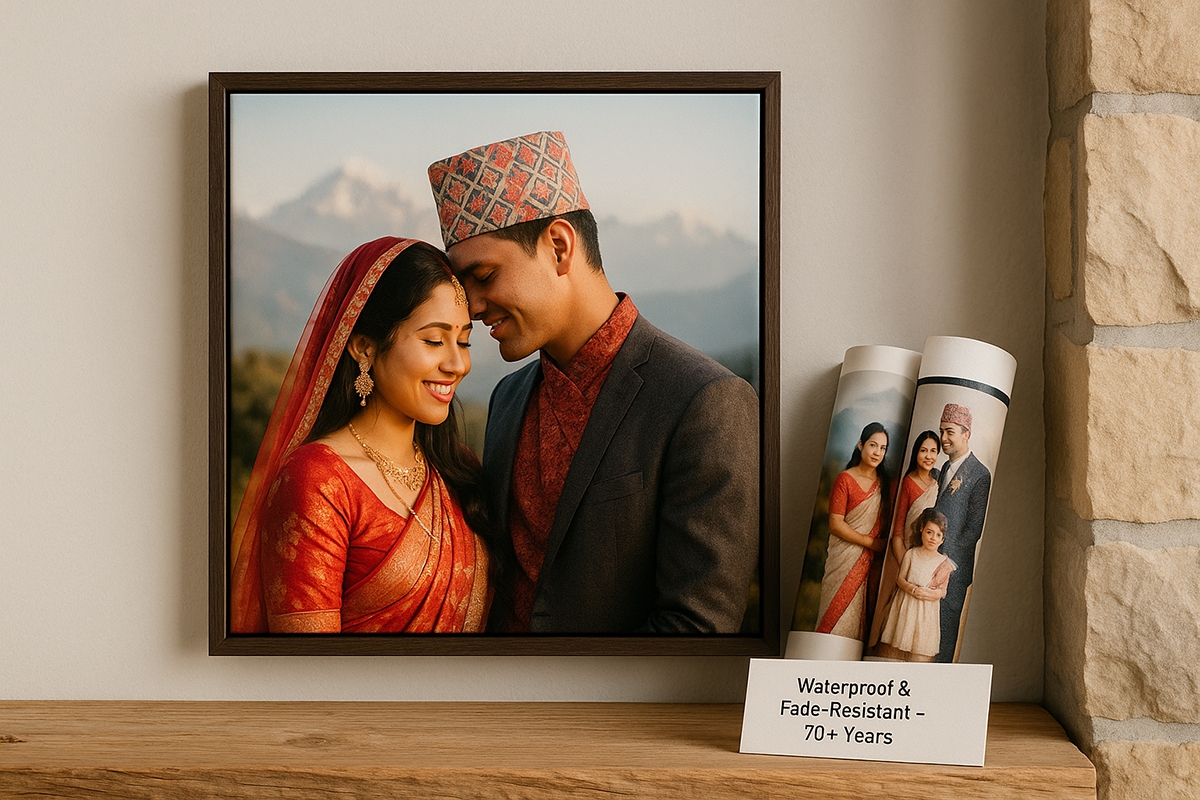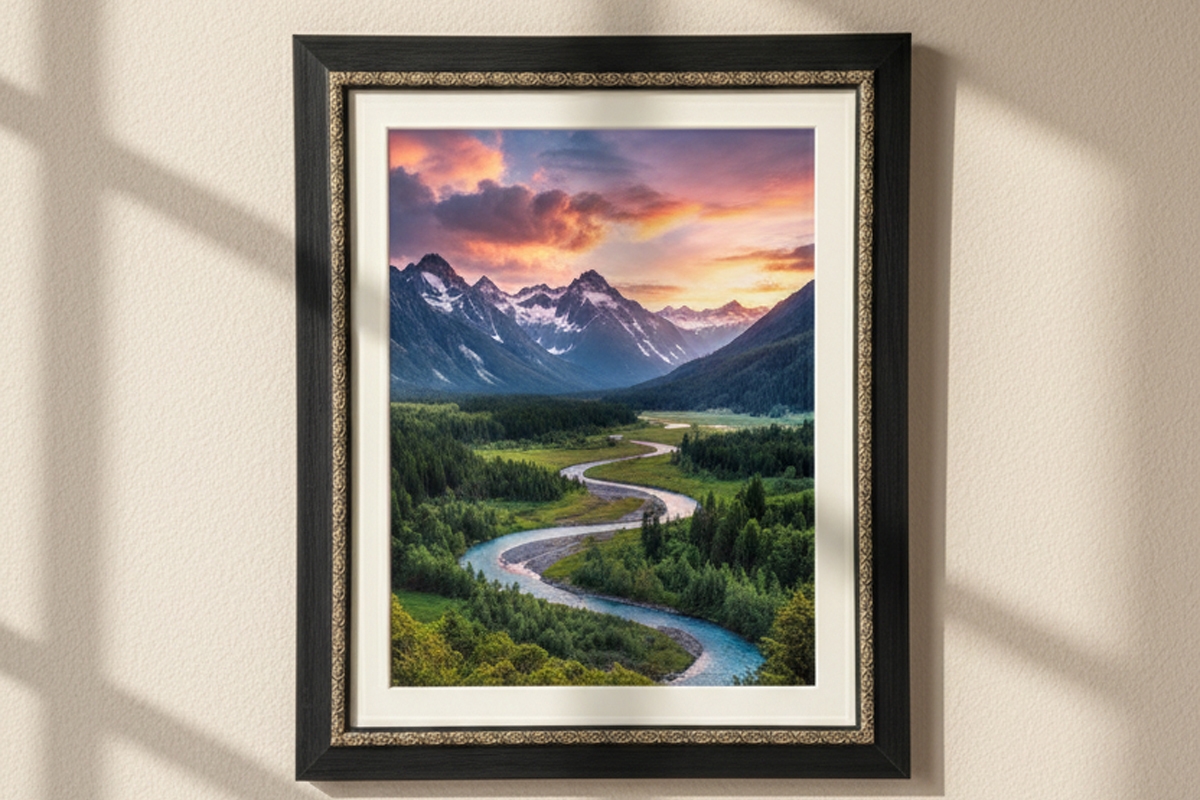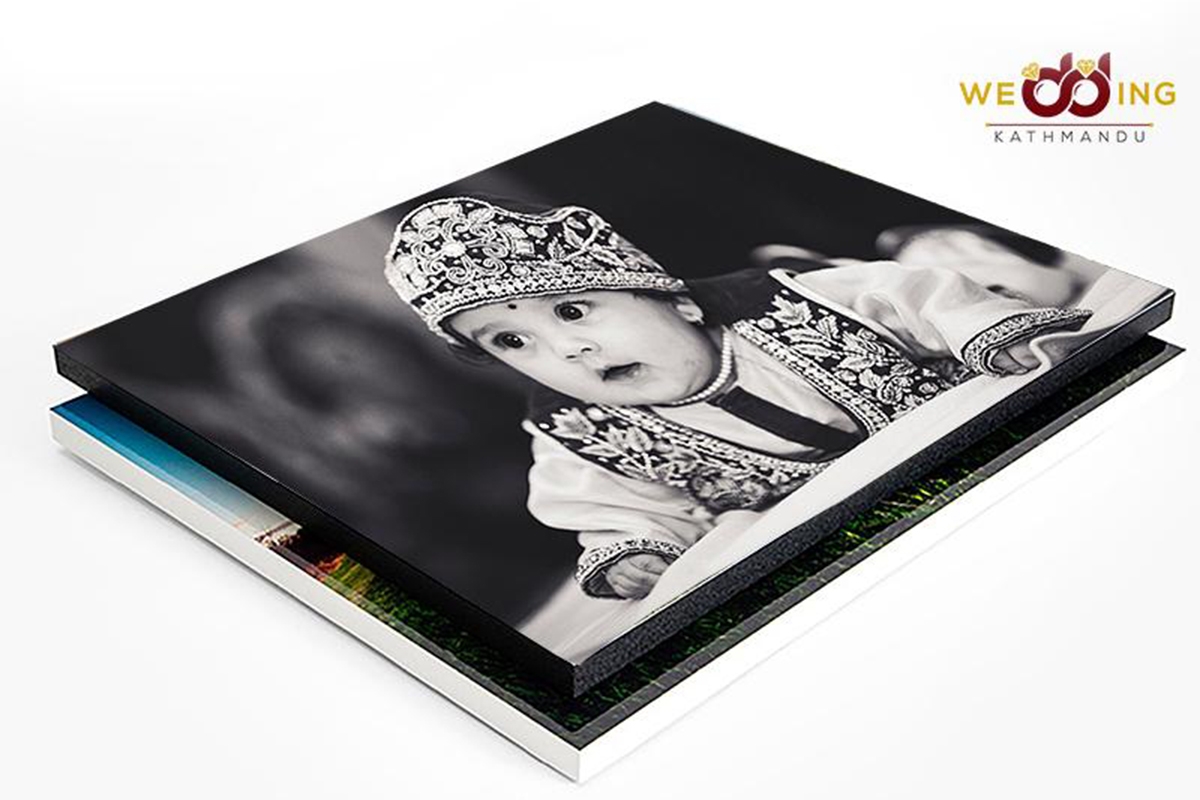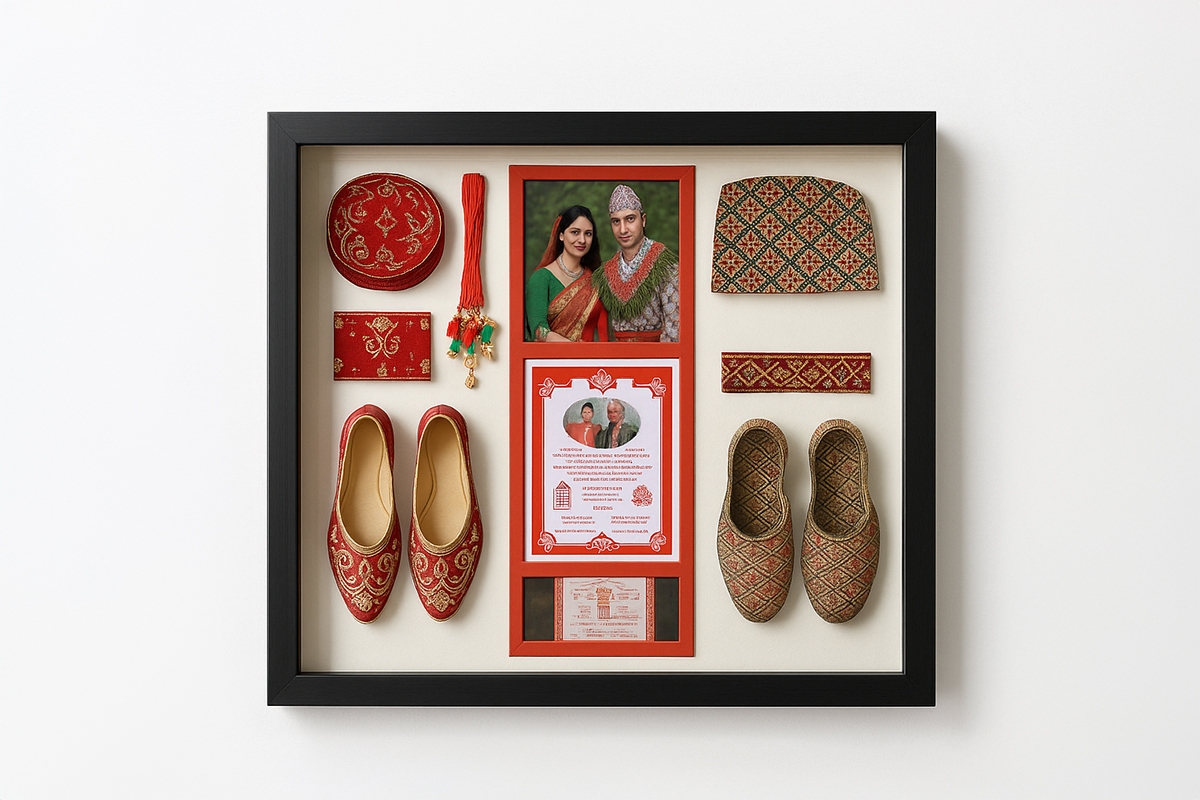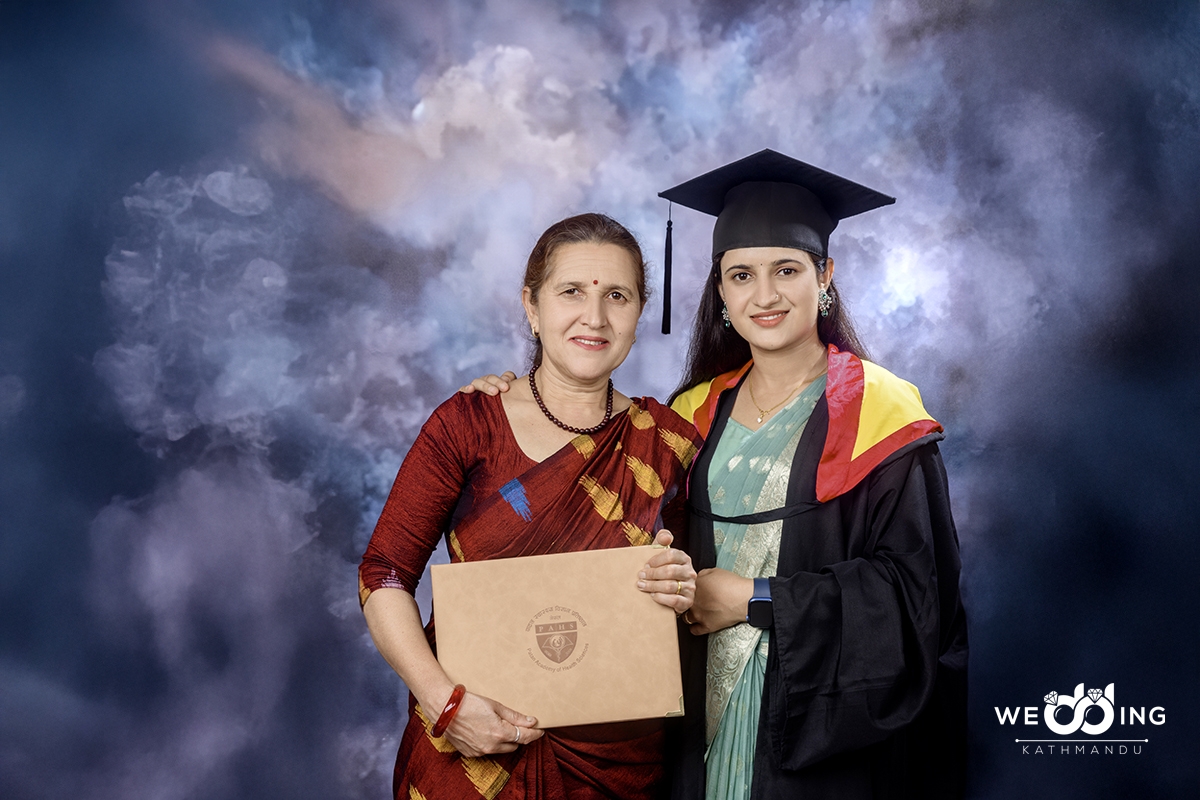नेपालमा फाेटाेग्राफीकाे इतिहास
नेपालमा फाेटाेग्राफीकाे सुरूवात कहिले भयाे ? नेपालकाे पहिलाे फाेटाेग्राफर काे हुन ? नेपालकाे पहिलाे व्यवसायीक स्टुडियाे फाेटाेग्राफर काे हुन ? उक्त स्टुडियाे कहा थियाे ? नेपालमा फाेटाेग्राफी कसरि सुरू भयाे अादि विषयमा अाज अाफुले विभिन्न स्वदेशी तथा विदेशी लेखककाे लेख एवं पुराना फाेटाेग्राफरहरू संगकाे व्यक्तिगत अन्तरकृया बाट बुझेका नेपालकाे फाेटाेग्राफीक इतिहासहरू अाज यहाहरू माझ अाफ्नाे भाषामा लेख्दैछु अतः केहि कमि कमजाेरि वा अपभ्रम्स भएमा सल्लाह सुझाब समेत दिनुहाेला । अाउनुस अब त्यतै तिर लागाै जब १९ अाै शताव्दीकाे अन्तमा फाेटाेकाे प्रवेश भयाे तब चित्रकला र फाेटाेग्राफी संगै अगाडी बढिरहेका थिए फाेटाेग्राफी संग रिटर्च अर्थता फाेटाेलाइ रङ्गहरू बाट रङ्गाउने प्रविधिकाे पनि शुरूवात उक्त समयमा भैसकेकाे थियाे । वीर शमशेरका कान्छाे भाइ डम्वर शमशेर (इ.सं.1859-1922) लाइ नेपालकाे पहिलाे फाेटाेग्राफर भनेर चिनिन्छ । डम्वर शमशेरले बुबा धीर शमशेरले दिएकाे पैसाले दरबारमानै फाेटाे स्टुडियाे स्थापना गरेका थिए । उक्त स्टुडियाे राणाहरूले अाफ्नाे तस्वीर खिचाउने गर्थ्ये भने सर्वसाधारण नेपालीहरूकाे लागी भने त्याे बेला यसरि अहिले जस्ताे फाेटाेखिचाउन र खिच्न चै सहज थिएन ।


The History of Photography in Nepal
Photography in Nepal has a rich and fascinating history that dates back to the late 19th century, running parallel with other forms of visual art like painting. As photography began to gain popularity globally, it also started making inroads into Nepal, initially as a medium reserved for the elite but eventually becoming more accessible to the general populace.
The Beginning of Photography in Nepal
Photography was introduced in Nepal towards the end of the 19th century when the country was still under the rule of the Rana dynasty. Dambar Shamsher (1859-1922), the younger brother of Prime Minister Bir Shamsher, is widely regarded as the first photographer of Nepal. Dambar Shamsher established the first photography studio in the palace with financial support from his father, Dhir Shamsher. This studio primarily served the Rana aristocracy, and ordinary Nepalese people had limited access to photography at that time.
Dambar Shamsher and the Early Development of Photography
Dambar Shamsher played a pivotal role in developing photographic art in Nepal during the mid-1870s. He learned photography from European photographers Barn and Shepherd, who traveled to Nepal via India. Dambar's efforts laid the foundation for the photographic tradition in Nepal, and his legacy continued through his family. His son, Samar Shamsher, and grandson, Balkrishna Sama, are considered the modern founders of Nepali photography.
One notable figure during this period was Purnaman Chitrakar, a renowned painter. Dambar Shamsher employed Purnaman in his studio, where he assisted in printing photographs. This exposure allowed Purnaman to learn photography, making him one of the earliest Nepali citizens to engage with this art form. Unfortunately, many of Purnaman's photographs were lost in a fire that destroyed the White Palace on the south side of Narayanhiti Durbar in 1933. This palace had been appropriated as a personal residence by Bir Shamsher, and later divided among his children, making Purnaman's works largely inaccessible to future generations.
Purnaman Chitrakar's connection with Neel Madhab, a Bengali photographer from India, further enriched Nepal's photographic heritage. Neel Madhab's influence helped elevate the skills and artistry of early Nepali photographers, including Purnaman. Therefore, while Dambar Shamsher is recognized as Nepal's first photographer, Purnaman Chitrakar is often credited as the first professional Nepali photographer who emerged from the citizenry.
The First Professional Photography Studio
The first known professional photography studio in Nepal was established by Bishnu Dhoj Joshi in Maru Pafal, later relocated to New Road, and eventually closed in 2018. This studio, known as the Grand Studio, was highly popular at the time and played a crucial role in making photography more accessible to the general public. Bishnu Dhoj Joshi also served as the personal photographer to King Tribhuvan, capturing many important moments of Nepalese history.
Around the beginning of the 1890s, artists and photographers were increasingly employed under royal patronage, such as in the art branch of Singh Durbar, led by Prime Minister Chandra Shamsher. In 1908, an official trip to Europe by members of this artistic circle brought back several cameras to Nepal, further integrating photography into the cultural fabric of the country.
Dirgaman Chitrakar: A Pioneer for the Common People
Dirgaman Chitrakar is credited as the first photographer in Nepal to establish a photography studio specifically for the general public. After returning from Europe, he set up an enlargement studio at his home in Bhimsensthan, Kathmandu. This studio allowed ordinary Nepali citizens to have their photographs taken, marking a significant shift from the exclusivity of earlier photographic practices. Dirgaman Chitrakar also trained many individuals in the art of photography, spreading photographic knowledge beyond his family to a broader community, and inspiring many young photographers.
Confusion and Legacy
While Dambar Shamsher is widely recognized as Nepal's first photographer, and Bishnu Dhoj Joshi as the first to establish a studio, the historical record contains some ambiguities and gaps. For instance, there is some confusion over who established the first public studio accessible to the broader populace. Nonetheless, the contributions of these early photographers laid the groundwork for the rich tradition of photography in Nepal that continues to thrive today.
Photography in Nepal began as a pursuit of the elite but eventually became a popular medium that captured the everyday lives and cultural heritage of the Nepali people. From Dambar Shamsher's pioneering efforts in the royal court to Dirgaman Chitrakar's public studio, photography evolved as an art form and means of expression for all Nepalis. This transformation was driven by the dedication of early photographers who not only mastered the craft but also shared it with others, thereby democratizing the art of photography in Nepal.
If you are interested in the history of photography in Nepal or would like to contribute to preserving this heritage, sharing and discussing these stories on social media can be a powerful way to keep this important history alive. Your feedback and support are invaluable as we continue to explore and document the photographic history of Nepal.
Thank you for your interest and engagement.
Author: Photographer Bikram Neupane
Image Credit: Social Networks

